Best Budget Golf Drivers 2025
Buying one of the best budget golf drivers doesn't mean you'll lose out on performance
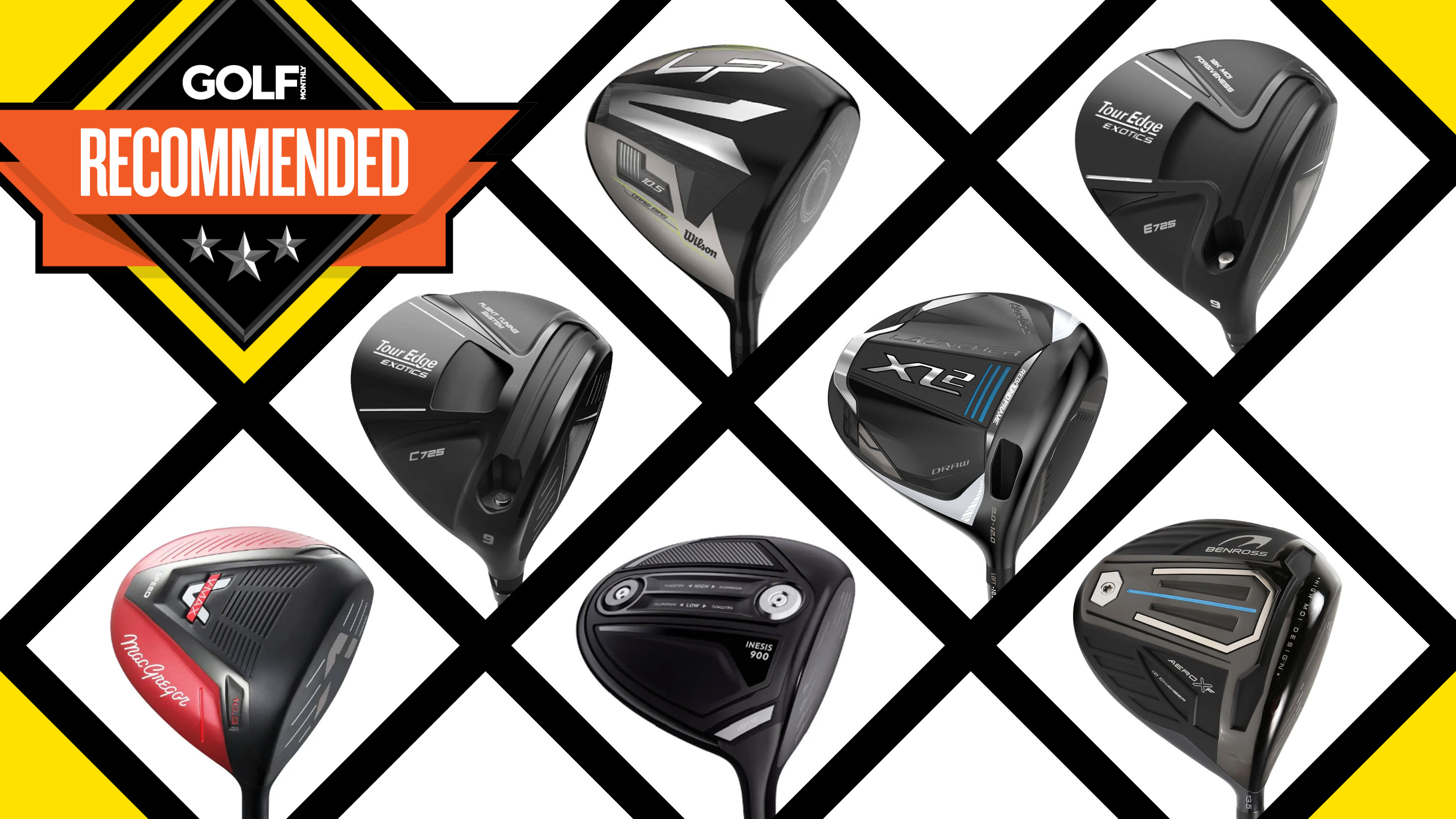

Sam Tremlett
Buying a new driver seems to get more expensive each year. In the race to be the best, golf manufacturers have invested heavily into research and development, new materials to improve performance as well as huge advertising campaigns, the net result of which has seen the average price of the best golf drivers begin to reach the heights of $600.
There is no question that the quality of today's driver is better than ever before and if your current driver is five or more years old then you would notice a difference in distance and forgiveness if you invested in a newer model, but these improvements are not as noticeable year on year as any advancement tends to be incremental.
WATCH: Joe Ferguson tests and compares the leading drivers on the market in 2025
Some golfers just want to have the latest gear though and if you can afford it then why not. In terms of performance benefits, the more accomplished golfer will gain more from regularly changing to an expensive new driver than a high handicap player will, simply because the new technology will allow them to get the best out of their long game on course. Changing every year is not necessary though as recent testing of the best new drivers has shown increases in performance are only really significantly noticeable every three or four years.
Not everybody can afford the high end, high tech latest drivers though. Not only that, many golfers at the higher end of the handicap scale won't really see too much difference between the best driver and a lower priced offering. Having a driver that works well for your swing is essential to playing your best golf, but it doesn't always have to mean spending more on a driver than you have on the rest of your entire set.
So I have come up with this list of the best budget golf drivers on the market right now in order to help you find something that can help your game as well as your bank balance. Finally if you are after something even more specific for your game though, check out our guides on the best drivers for slicers, best drivers for beginners or best drivers for senior.
The Quick List
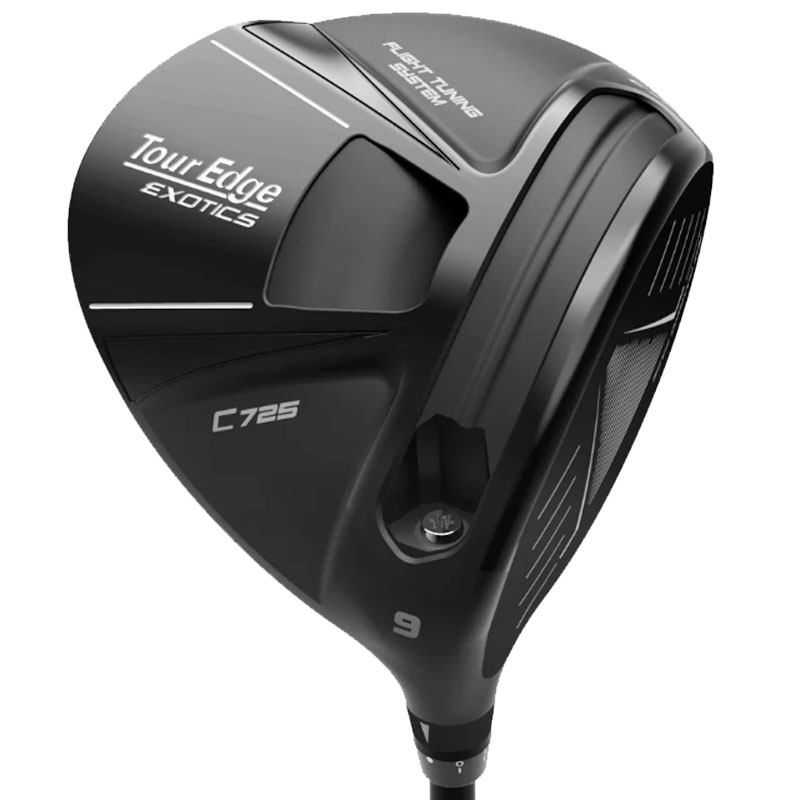
This is an excellent driver and the price makes it even more appealing. The combination of ball speed, adjustability, looks, and feel on offer here is fantastic.
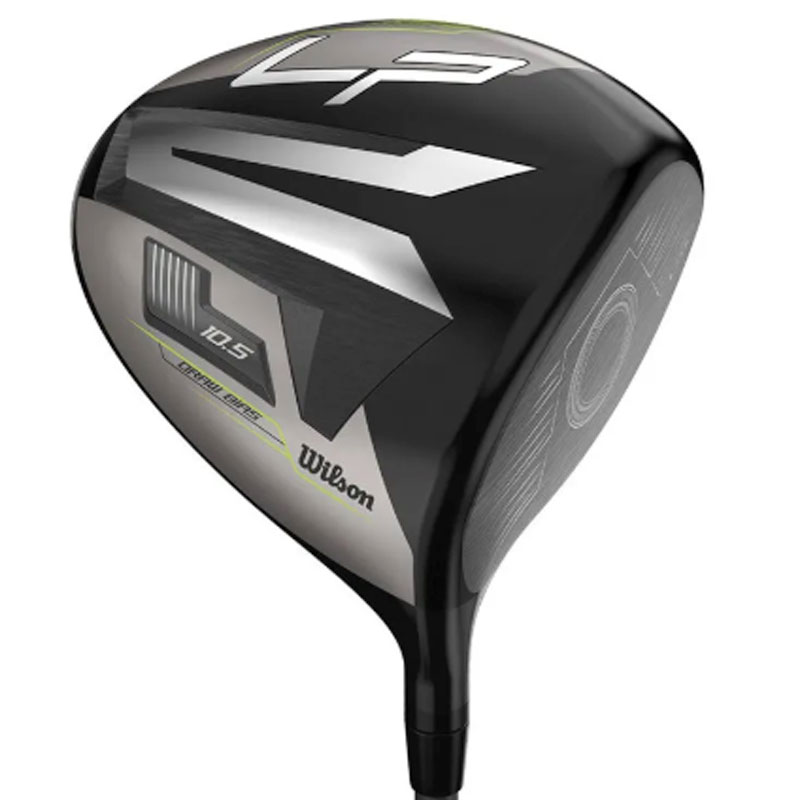
The Wilson Launch Pad delivers impressively on its promise of making the game easier for people off the tee and is one of the easiest-to-launch drivers we’ve hit this year.
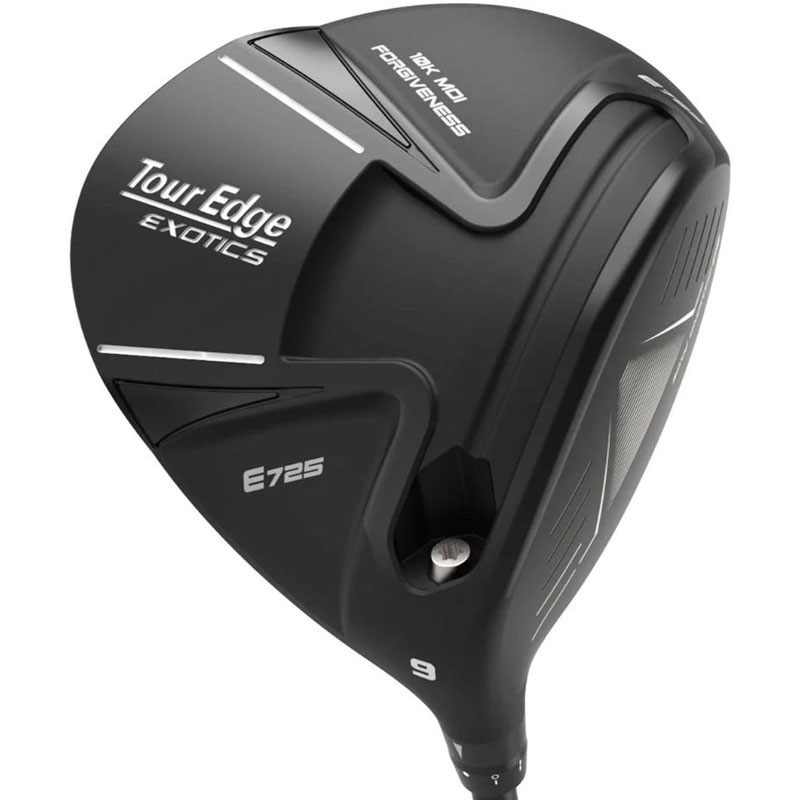
This is a very impressive driver from Tour Edge. Feel is exceptional, ball speed comparable and this E725 can compete with almost anything on the market in terms of forgiveness.

In a market where many prices are going up, the Launcher XL 2 Draw driver from Cleveland offers a more digestible price point, with good performance and a nice attention to detail in engineering.
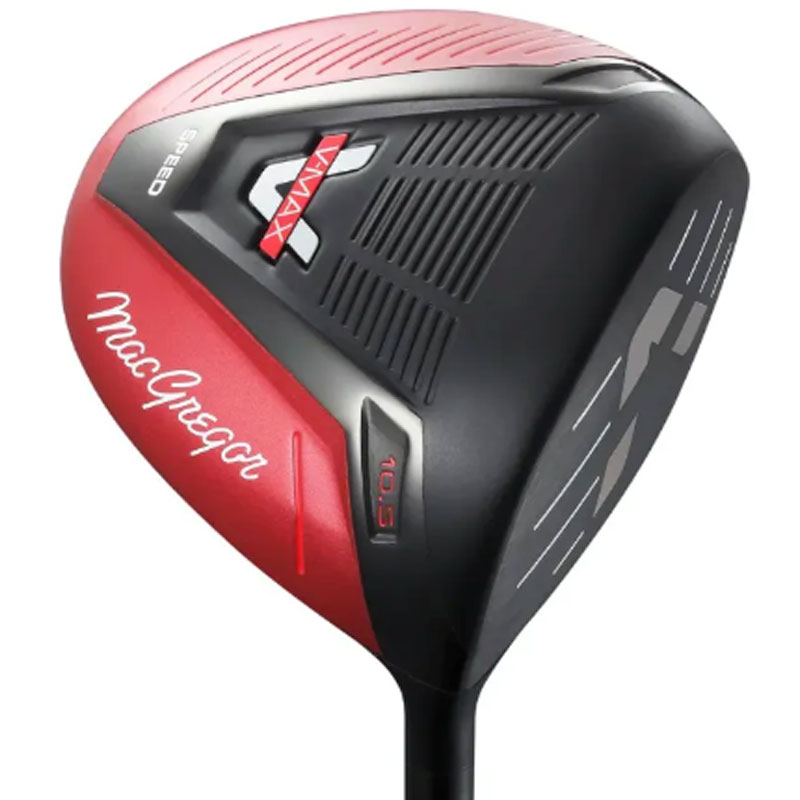
The MacGregor V-Max driver delivers an awful lot of performance for the price. The aesthetic will split opinion but in terms of value for money this is a tough driver to beat.
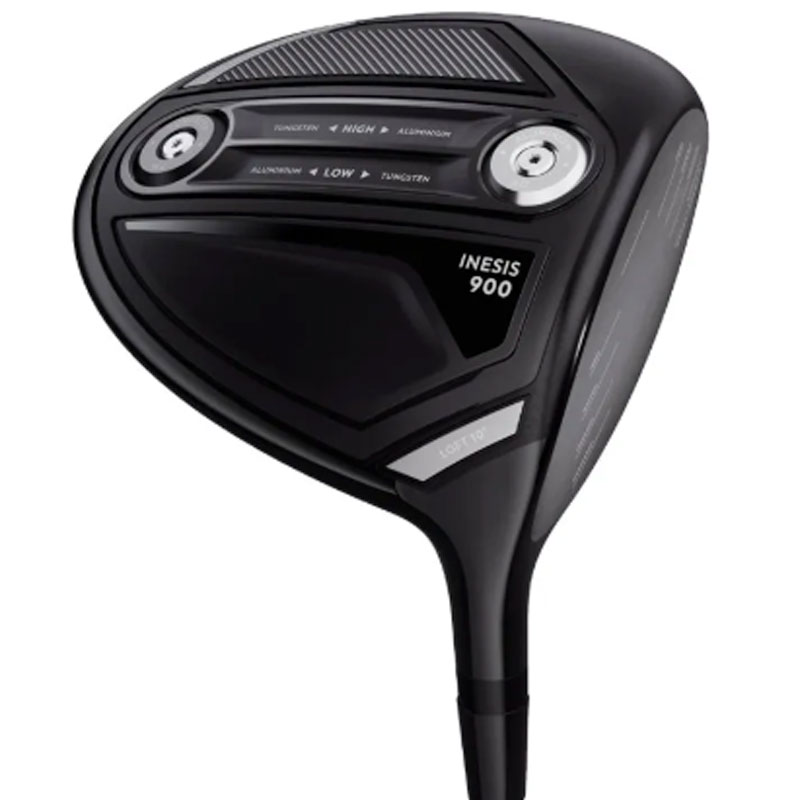
The Inesis 900 provides a powerful ball flight and high levels forgiveness, making this a very playable driver that will suit golfers of a wide range of skill levels.
Best Budget Golf Drivers
Top pick
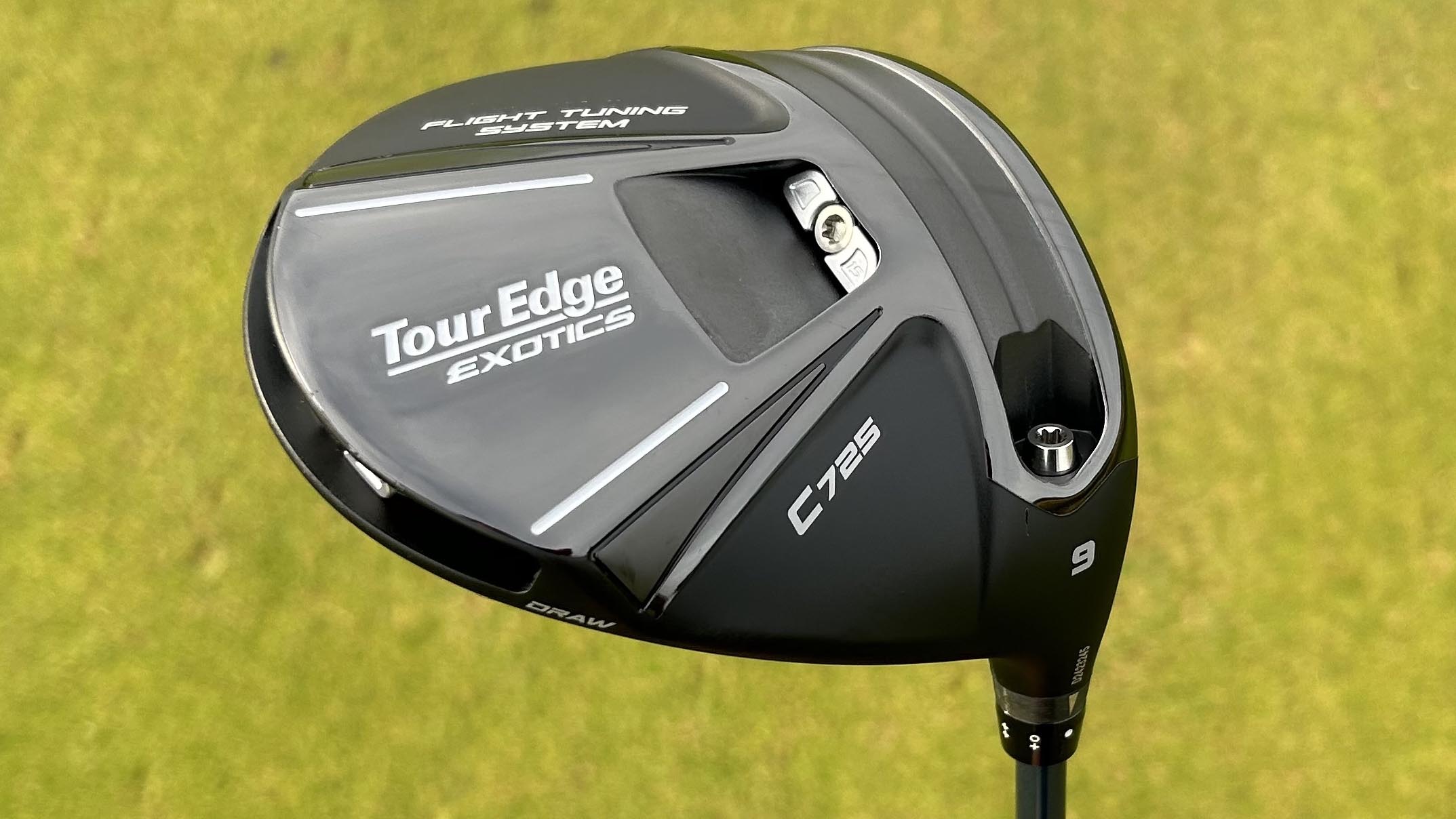
Specifications
Reasons to buy
Reasons to avoid
First up I have the C725 driver from Tour Edge which is my overall top pick in this guide. This is a low-spinning, low launching driver which looks very premium indeed. This is thanks to the carbon fiber crown and a banner strip of matte black along the leading edge which looks excellent and frames the ball beautifully. I really liked the rounded profile and at address it really looks impressive, whilst Tour Edge has done an excellent job in terms of shelf appeal as well.
Moving to the performance, I was genuinely surprised at the C725. While maybe not reaching the ball speed and distance numbers of a TaylorMade Qi35 or Callaway Elyte Triple Diamond, it is pretty close. On top of the impressive numbers, I enjoyed so much more about this driver, in particular the feel. It offered a lively combination of power and feedback, and the consistency of ball flight was notable as well.
Overall I was very impressed with this driver. When you consider the speed, adjustability, premium visuals and the solid, powerful feel on offer here for $400, the value for money is genuinely exceptional.
- Read our full Tour Edge Exotics C725 Driver review
Best for slicers
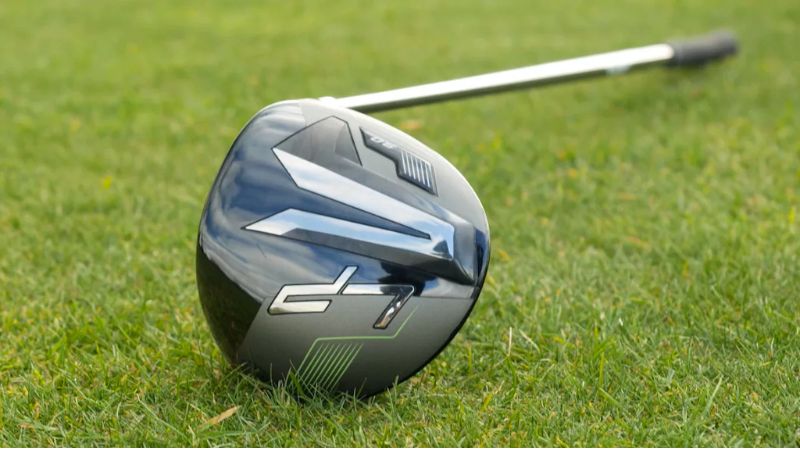
Specifications
Reasons to buy
Reasons to avoid
I love this driver because of what it can do for golfers who need the most help. Specifically golfers who slice the ball who who struggle to get the ball airborne off the tee.
The Launch Pad is designed to be an all-out game-improvement offering and it has been developed considerably since the previous generation. One of the main areas of improvement is in the face design, which features PKR face geometry. What is this? Well Wilson's research showed that average handicap players hit 68% of their tee shots towards the toe side of the club face. So to counter this, Wilson introduced their PKR face geometry that actually makes the striking area 5% bigger than the previous Launch Pad.
The technology is all geared towards getting the ball in the air and reducing the left to right miss, and I have seen for myself in testing that this is exactly what it does. I also think this driver has a very appealing aesthetic for what it is trying to do. It has a mid-sized profile down behind the ball and although the off-set look probably won't appeal to better players, they aren't who this club is aimed at and I feel that there will be plenty of golfers who will benefit from the confidence this inspires.
Coming in at under $300, it is not only one of the most forgiving drivers on the market, but it is also one of the best drivers for slow swing speeds as well as being a great option for golfers fighting a slice.
- Read our full Wilson Launch Pad 2022 Driver Review
Best forgiveness
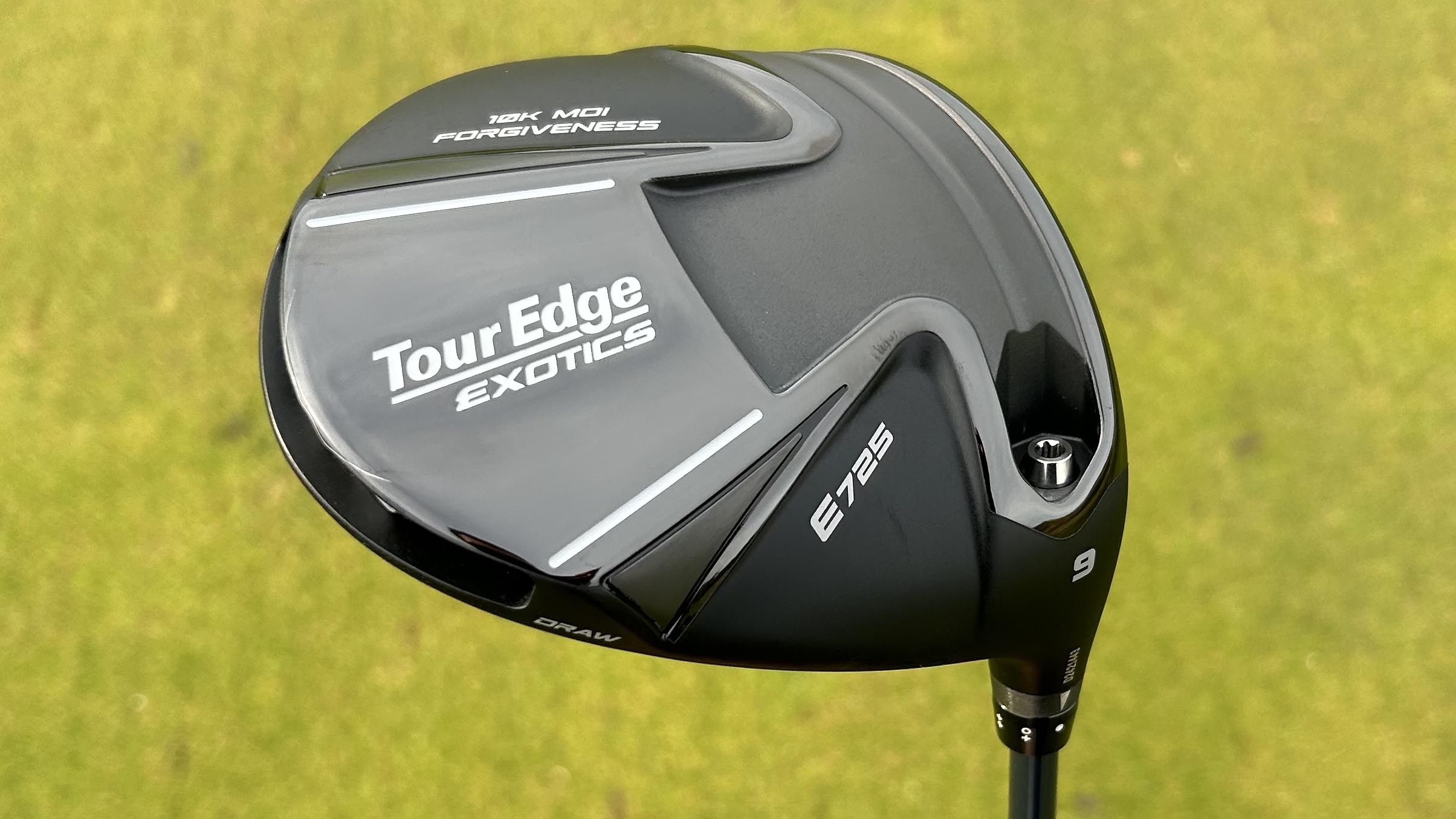
Specifications
Reasons to buy
Reasons to avoid
This is Tour Edge’s highest-ever MOI driver, with the 10,000 g-cm2 reading matching that of drivers such as the Ping G430 Max 10K and the TaylorMade Qi10 Max. Heady company then, and yet the E725 is a compelling proposition given its more budget-friendly price, but how did it perform?
Well with regards to looks, the E725 driver is a very premium-looking model with a nice carbon-fiber crown and black strip that really looks good along the leading edge, and helped with alignment. It also has a pear-shaped look with a strong playing profile.
Performance wise it then delivered everything it promised and arguably a little more. I thought it was up there with the new TaylorMade Qi35 Max in terms of forgiveness levels and I almost felt the head was self-correcting any strikes from the toe or heel. It was also very close with the Qi35 Max in terms of tight dispersion as well.
At impact I loved the feedback and feel as well. Lively enough to know you’ve struck one, but just absorbent enough to not offer any unpleasant feedback, and the sound matches. Overall this is a high-quality driver at a very attractive price.
- Read our full Tour Edge Exotics E725 Driver Review
Best launch
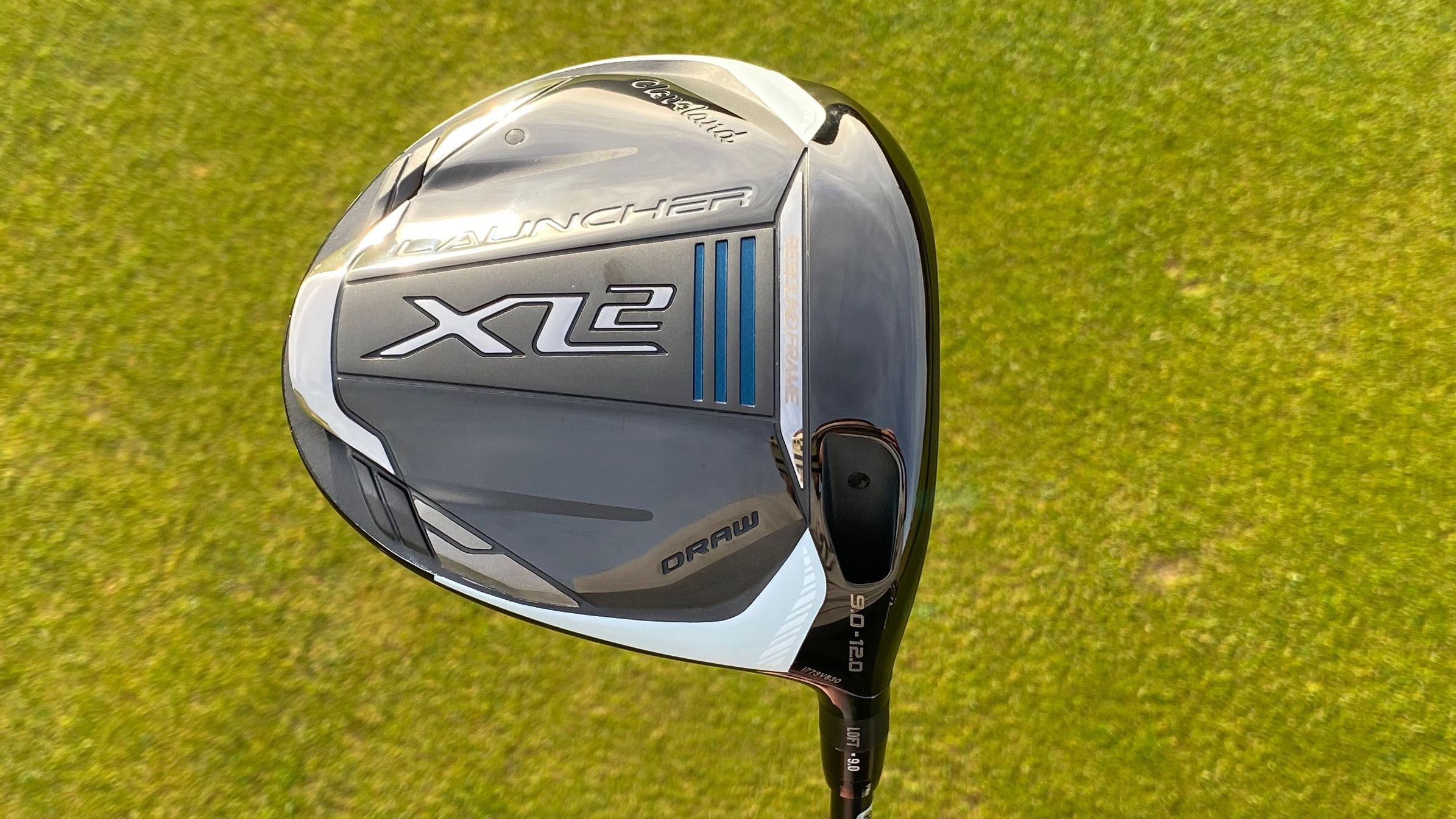
Specifications
Reasons to buy
Reasons to avoid
I believe this is one of the best golf drivers for mid handicappers as the Launcher XL 2 Draw benefits from a larger driver head and an incredibly confidence-inspiring look at address, that will certainly provide help to golfers who suffer with the dreaded slice off the tee and/or who with a slow to moderate swing speed.
In testing I found the sound and feel are a touch on the harsh side, but this is to be expected from an all titanium head that lacks the dampening effect of the ever more prevalent carbon you will find in more premium models. Despite the firm impact and loud noise at impact, there is a certain robustness when you connect with the ball and that will appeal to the slightly less accomplished player.
The most impressive thing I noted in testing was the high ball speed produced which came from a slightly increased club head speed. This can probably be attributed to the counterbalancing work Cleveland has done and the overall lighter weight of the driver. In addition to the high ball speed we also found this driver to be exceptionally easy to launch (as the name would imply!) and that should nicely fit the target demographic here.
- Read our full Cleveland Launcher XL 2 Draw Driver Review
Best value
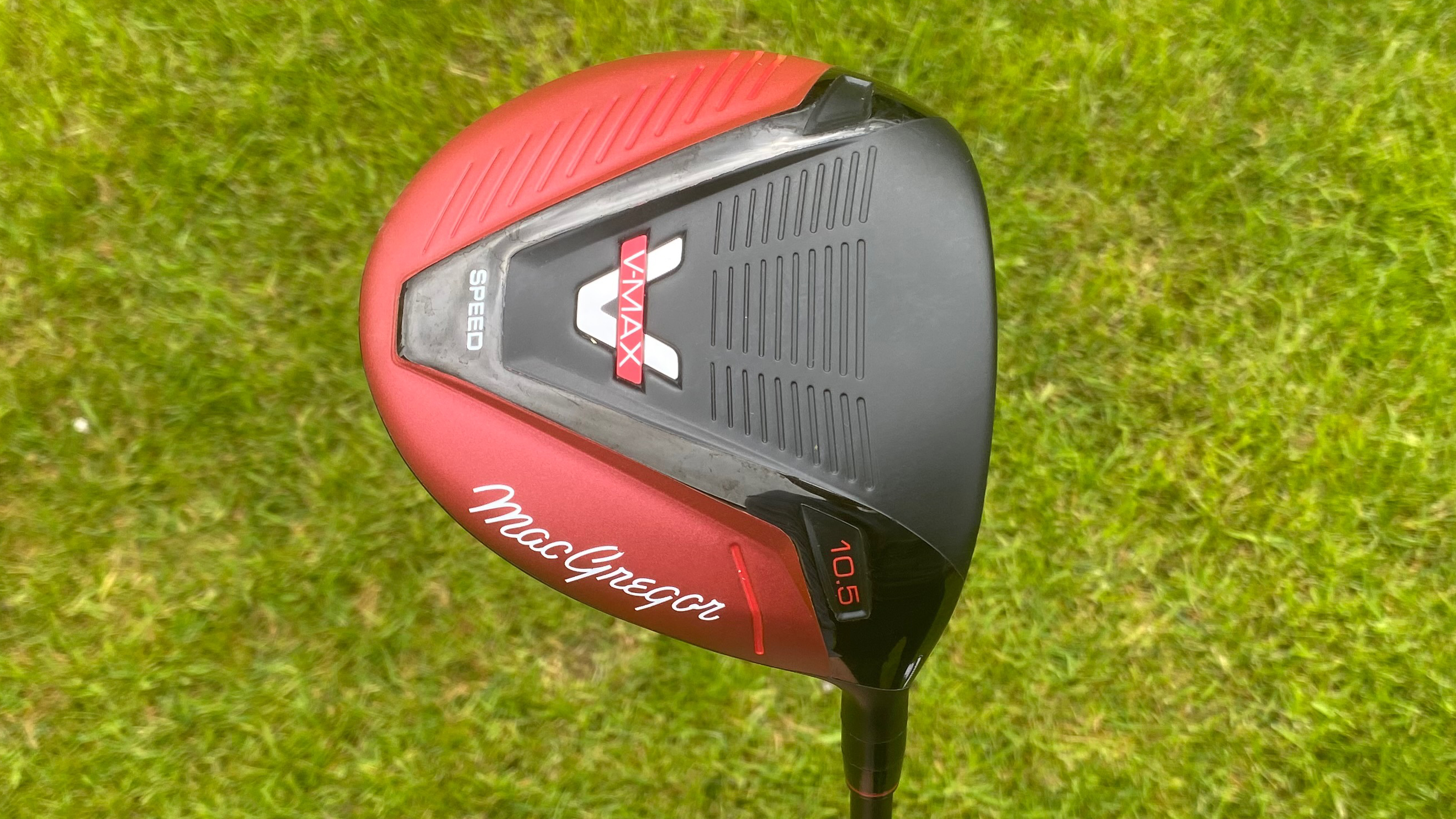
Specifications
Reasons to buy
Reasons to avoid
The MacGregor V Max driver features an ultra-slim face to help with ball speed, while its lightweight, regular flex, graphite shaft is designed to help maximize club head speed.
Looks are subjective and the looks of this head are very subjective! The matte black and bold red color scheme is certainly eye-catching and very much falls into the "love it or hate it" bracket. The head shape overall is pretty good, although I found the top edge to be alarmingly straight when compared to more premium drivers which have a gentler curve and taper to the top line. Still, on the 10.5-degree version I tested there is plenty of visible loft to inspire confidence, while the 460cc head looks fairly inviting behind the ball. It also sits very squarely which is important for beginners who can struggle to line up effectively.
In terms of performance I felt that the V-Max achieves exactly what it set out to. Strikes across the face are not punished too harshly and it is very easy to get this driver airborne. I didn’t detect a particular ball flight bias one way or the other but the tight dispersion patterns caught our eye and we feel this is of the best drivers for high handicappers.
The V-Max driver is only available in right hand, and while there are two loft options, there is only one shaft, which is regular flex. While that is not ideal, it's fair to say that players shopping in this area are probably not at the stage where they need an abundance of options anyway. In short, it's easy to launch, it's very forgiving, and it's durable. For the price, MacGregor has done very well with this.
- Read our full MacGregor V-Max Driver Review
Best simple model
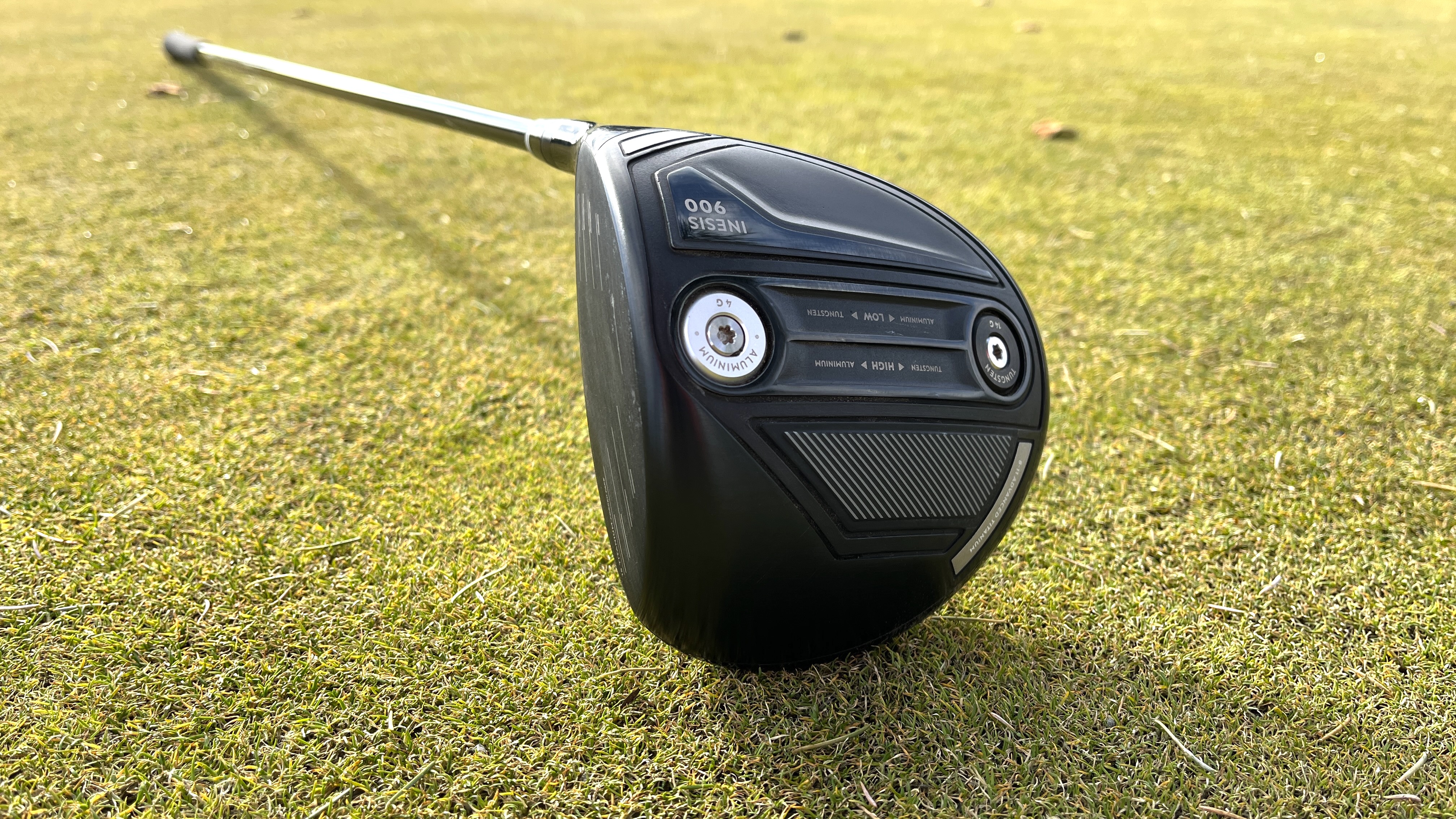
Specifications
Reasons to buy
Reasons to avoid
While the 900 model is the most expensive driver offered by Inesis, it still comes in at a significant saving in comparison to the premium offerings from brands like TaylorMade, Callaway, Ping, Titleist and so on. Looks wise it's fairly basic and clean, with a glossy black crown and a dark face that smartly highlights the simple arrow-style alignment aid.
In testing I would say it outperformed its price point. Whilst the ball speed was slightly down versus the TaylorMade Stealth, the launch and spin were both in the right window for me which ensured a strong flight that may have lacked a little carry when compared to more expensive products but still ran out well to deliver a good overall distance. The strength of the flight was something we were impressed with out on the course too.
One slight negative is the high-pitched sound at impact but this is only a minor gripe when you consider the overall value on offer with this driver.
- Read our full Inesis 900 Driver Review
How We Test Drivers
Our overall testing ethos at Golf Monthly is to put all products through a rigorous testing procedure in order for us to give you crucial insights into how they perform, how they compare to their predecessors and also how they stack up to the competition. To do this we regularly attend product launches so we can meet with the manufacturer’s R&D experts to get a good understanding of the new technology.
When it comes to testing the product then our first port of call is usually the indoor simulator at Foresight Sports, where the team can test in a controlled environment using premium balls and the GCQuad launch monitor. We then do outdoor testing mainly at West Hill Golf Club, a course in Surrey with excellent practice facilities.
Our driver testing is headed up by Staff Writer Joe Ferguson, a PGA Professional who has worked in the golf industry for nearly 20 years. Joe is ably assisted by technical editor Joel Tadman, and both Joe and Joel have been testing golf clubs for many years and are able to efficiently test the vast majority of the biggest product releases and convey the pros and cons eloquently.
Our equipment specialists have hit most drivers out on the market, in testing, practice and competition play, and deduced the above models are our top picks for budget models.
How to choose a new driver
When it comes to making sure you get the right driver for your game, there are several factors to consider, chief among which is the size.
Size - The larger the clubhead, the more forgiving it tends to be. When hitting, try and take note of where you are striking the golf ball with the face of the club and see if there is any performance drops. Many drivers these days are designed to perform regardless of where you strike them off the face and you being able to see and understand that in person will help you be more confident with one model over another.
The other thing to acknowledge when looking at the size is also the looks. It is important you get a driver that suits your eye especially when it is down behind the golf ball. If it is too big, that may put you off, but if it is too small this may dampen confidence.
Draw-biased? - If you are a slicer of the golf ball then a forgiving, draw-biased driver could be the way to go to eradicate the big slices. These types of drivers won't all of a sudden have you hitting roping draws down the fairway, but they'll do a lot to encourage a draw shape or at least a little but less slice.
Weight - Weight has become a big factor when it comes to drivers, with most brands making models that have a weight towards the back of the head to aid forgiveness and launch. When it comes to whether you want a forgiving driver, it is worth acknowledging whether this is important to you because if not then manufacturers usually make a model without a weight there.
Adjustability - Often, the weights in drivers are moveable and adjustability of drivers has become a huge part of modern golf. Being able to tinker and change loft, lie, and many other factors, has become all the rage and if you like to try new things then a model with adjustability is worth considering.
Shaft - Some shafts have been designed to help players get as much distance as possible so it is worth thinking about which models will help you achieve those extra yards. Also check out our guide on the best driver shafts too.
Budget - Price is obviously an important factor and thankfully there are lots of drivers coming in at different price points. As you have seen in this piece, there are some great drivers out there for well under $300.
If you want to invest in the best drivers from 2022 though, you'll be looking at around 450-500 units of your local currency. There are benefits to be had from investing this extra cash, but setting yourself an initial budget will make the search much easier.
FAQs
What is a good cheap driver?
A good cheap driver should cost you no more than $300. For this price you can still get high quality performance and a high quality look and feel. All the drivers in our guide should cross each of those factors off.
Get the Golf Monthly Newsletter
Subscribe to the Golf Monthly newsletter to stay up to date with all the latest tour news, equipment news, reviews, head-to-heads and buyer’s guides from our team of experienced experts.

Joe has worked in the golf industry for nearly 20 years in a variety of roles. After a successful amateur career being involved in England squads at every age group, Joe completed his PGA degree qualification in 2014 as one of the top ten graduates in his training year and subsequently went on to become Head PGA Professional at Ryder Cup venue The Celtic Manor Resort. Equipment has always been a huge passion of Joe’s, and during his time at Celtic Manor, he headed up the National Fitting Centres for both Titleist and Taylormade. He’s excited to bring his knowledge of hardware to Golf Monthly in the form of equipment reviews and buying advice.
Joe lives in North Devon and still plays sporadically on the PGA West region circuit. His best round in recent years came earlier in 2023 where he managed a 9 under par 63 at Trevose GC in a Devon & Cornwall PGA Tournament.
Joe's current What's In The Bag?
Driver: Switch between TaylorMade Qi35 and Callaway Elyte TD - both with Fujikura Ventus Black 6-X
Fairway wood 1: TaylorMade BRNR Copper Mini Driver - Fujikura Ventus Black 7-X
Fairway wood 2: Callaway Apex UW 17˚- Fujikura Ventus Black 9-X
Irons: TaylorMade P7CB 3-PW with Dynamic Gold Tour Issue X100 shafts
Wedges: Callaway Opus 50, 54, and 60 degrees - Project X LS 6.0 shafts
Putter: LAB Golf Oz.1 (zero shaft lean)
Ball: TaylorMade 2024 TP5x
Grips: Golf Pride Tour Velvet 60R
Bag: Vessel Player IV Pro DXR Stand
- Sam TremlettSenior E-commerce Editor
-
 'It Was A Nice Touch And A Little Bit Ironic At The Same Time' - Past Champion Makes Heartfelt Gesture To Rory McIlroy Before Masters Victory
'It Was A Nice Touch And A Little Bit Ironic At The Same Time' - Past Champion Makes Heartfelt Gesture To Rory McIlroy Before Masters VictoryThe Northern Irishman received a good luck message in his locker from a certain former champion prior to Sunday's find round
By Michael Weston Published
-
 Golf's Good Guy Justin Rose Shares Extraordinary First Words To Rory McIlroy After Englishman's Second Masters Playoff Heartbreak
Golf's Good Guy Justin Rose Shares Extraordinary First Words To Rory McIlroy After Englishman's Second Masters Playoff HeartbreakJustin Rose gave a typically classy response after his agonizing playoff defeat to Rory McIlroy at The Masters
By Mike Hall Published